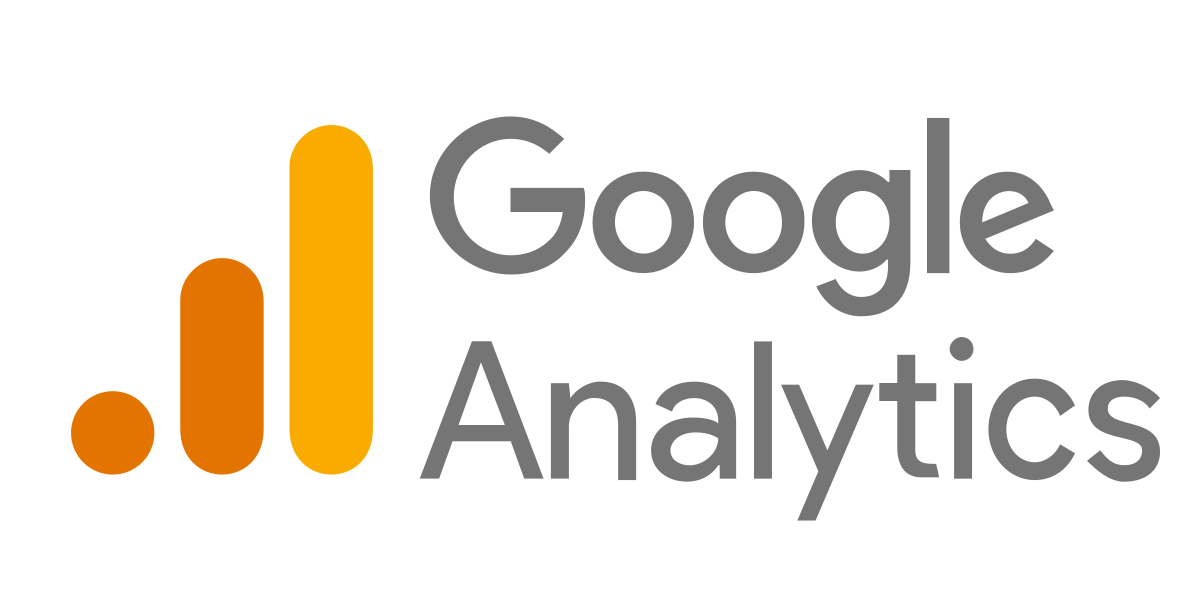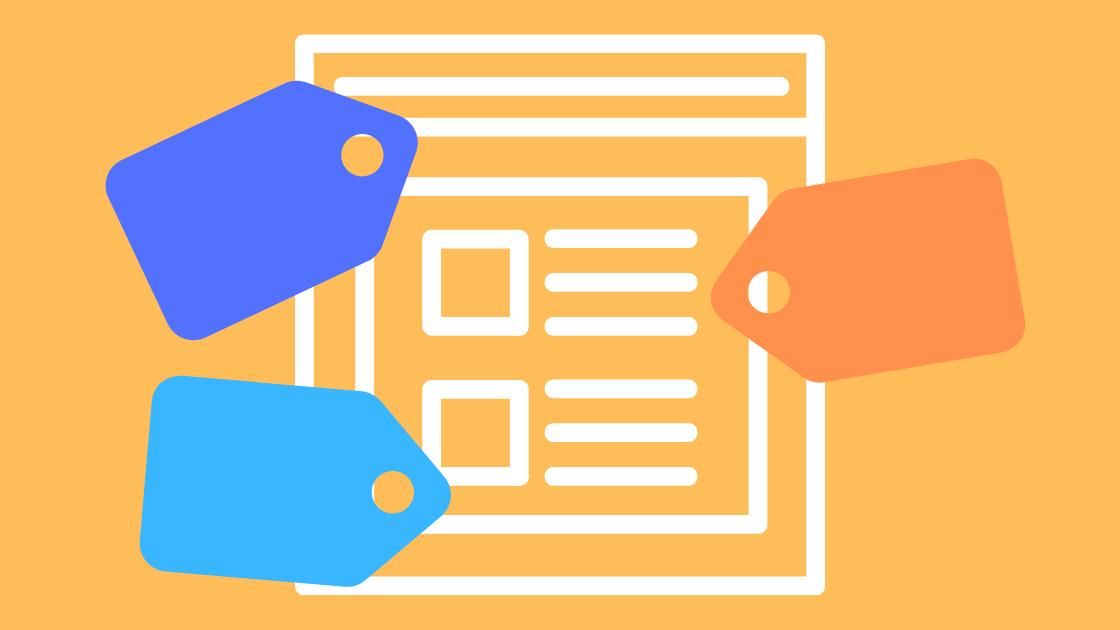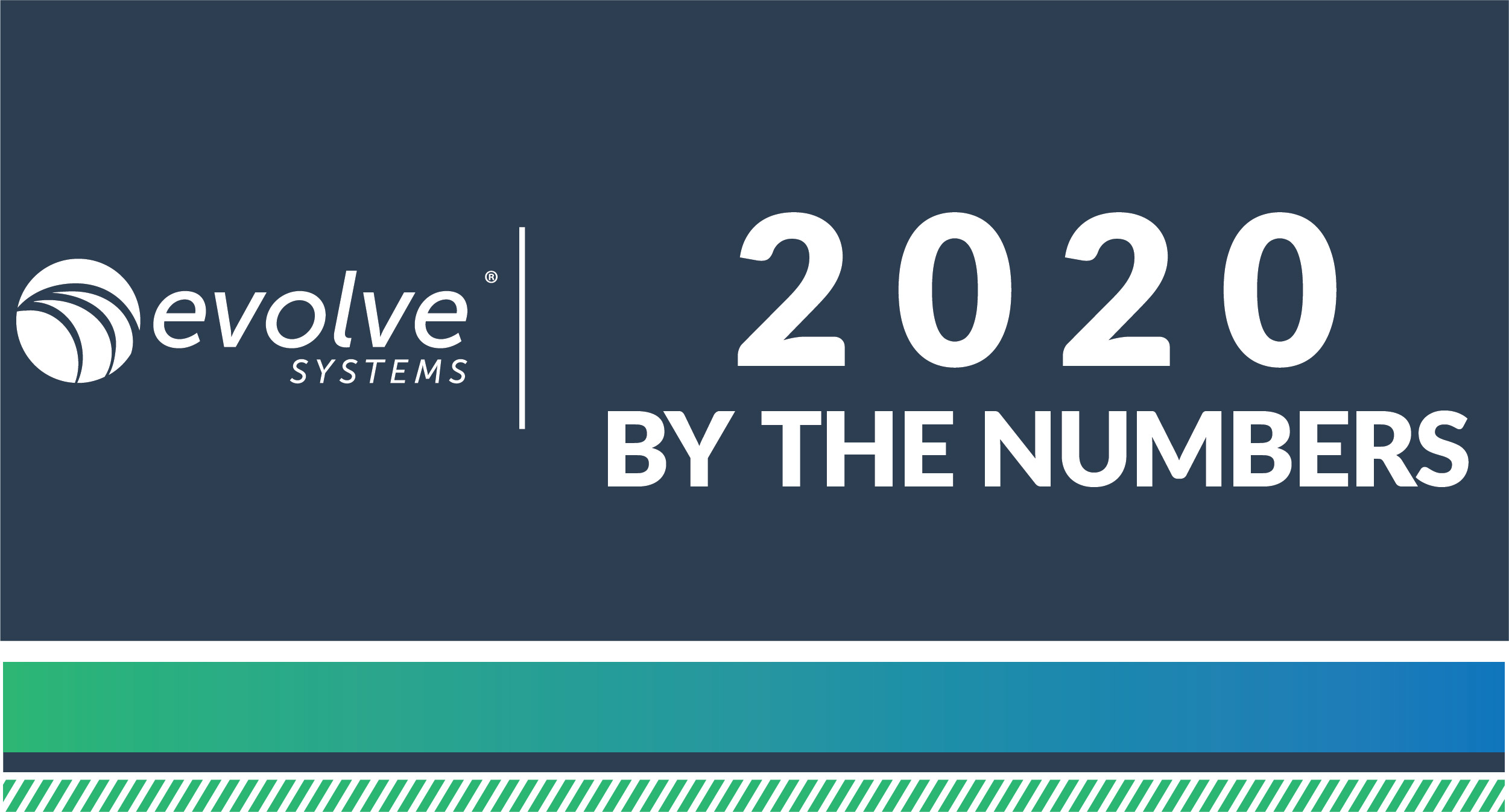There are many great mysteries in the universe, one of which is how to decipher Google’s amazing yet complicated algorithm. Google has been notoriously secretive about the mechanics behind its search engine, making it difficult for marketers to understand how sites are ranked. Yet, marketers are persistent to learn Google’s ever-changing algorithm and understand how the search engine finds, organizes, and selects results in order to optimize their business’ website pages.
To jumpstart your mission to decipher Google, we outlined the fundamentals you need to know to get started.
The Basics Behind How Search Engines Work
To most people, using search engines looks easy. You go to the browser, type in what you want to search, and BOOM, relevant pages of information magically appear. Yet, it is a little more complicated than that.
Search engines use powerful algorithms and operate non stop, gathering information from around the world and breaking it down to find what images, videos, web pages, maps, and etc. provide the best answer or result to the search. Search engines are designed to deliver the most relevant results so users can quickly answer their queries.
Search engines use three primary mechanisms when evaluating pages: Crawling, Indexing, and Algorithms.
1. Bots Crawling a Site
Step one is crawling web pages. Search engines rely on web crawler bots to continually browse and scour the web for new website pages, information, and more. The crawlers collect data from those sites and index them using sitemaps, tags, HREF’s and hyperlinks to outline the data path. This allows the search engine to understand how pages and information are connected within and between websites to ultimately build a networking map of the website.
To comply with a search engine’s indexing method, you need to make your site easily accessible to web crawlers. If bots have a difficult time crawling your website, then chances are you’re probably not going to show up in search results. A few ways of assisting the crawlers on your site is to define a logical sitemap.
Improve Website Crawlers on Your Site
A sitemap is a roadmap for crawlers on your website that clearly frames the navigational structure of your website from the domain to categories to subcategories. Based on your website platform there are different types of sitemaps, such as XML sitemaps or image sitemaps, and some platforms, including WordPress, have plugins that help generate and update your sitemap. A sitemap based on rational navigation allows crawlers to move through your website without using large amounts of your crawl budget (we’ll discuss that next).
Another helpful tip is creating links as they help crawlers easily move from page to page without backtracking. Pages that don’t have links can create navigational problems for crawlers, so it is important to ensure all of your website pages include linking.
What’s a Crawl Budget?
Crawl budget is the frequency that crawlers or bots analyze your website pages, and what resources search engines will use to crawl the site.
Search engines want to crawl your website while not overcrowding your server, so a budget is assigned based on how fast your server is running and how important it is to crawl your site. For example, the USA Today website will likely get crawled more often than your neighborhood pizza place simply because of the demand and resources.
If you run a relatively small site, chances are a crawl budget is not going to play a significant role in getting your pages crawled, but larger sites with thousands of pages might need to pay more attention to optimizing for crawl budget. Using robots.txt files is an essential step in managing what crucial pages of your website should be crawled first and more often.
A few other tips include knowing that 301’s and redirect changes can eat up a large chunk of your crawl budget, and running audits to identify and fix these pages can improve page crawls. And again, to increase crawl budget you need to update your sitemap so it displays an accurate representation of your website’s navigation and relevant information for future crawls.
2. Bots Indexing a Site
Search indexing is really where the fun begins. Indexing refers to adding page content into search engines based on keywords and information. This is why it’s always important to update your website’s copy and content.
From there, in order to get search engines to index them, you must first… Honestly, you don’t have to do anything, and the content will be crawled on its own when the bots visit your site. The issue with this is there’s no specific timeline for when this will be accomplished. Crawlers could hit your updated content the next day or 90 days from now to discover and index it.
Can I Request My Pages Be indexed?
You can use available tools like Google Search Console to counteract the delayed or unknown timeline by submitting new pages and content. By submitting the URL through Search Console, you’re telling Google that your page is ready to be crawled and it can send a bot to review the updates. It can take seconds, minutes, or hours but it’s more likely to be crawled sooner than just waiting for Google to find it.
If you have a more significant website, such as an eCommerce site with thousands of product pages or a website with numerous whitepapers or PDF’s that don’t need to be crawled, a better option is using robots.txt files. It allows you, as the website owner, to decide what pages of your website should be prioritized when being crawled. A large number of files, like PDFs that don’t need to be indexed, can be blocked using robots.txt so essential pages like the home page, contact us, or about us page, with more critical information can be crawled first and more often.
3. Search Algorithms and Your Site Ranking
Finally, step three is search algorithms. Algorithms take into account everything that has happened to this point and uses the information from crawls and indexing to grade the website’s quality. Based on the quality and relevancy of the website, the search engine will rank it in regards to the searched query.
The ranked search results of different pages are based on the quality of the content and backlinks, the freshness of the content, and the accessibility of the page. More recently, Google has added a few new factors into its rankings: how mobile-friendly the website is and how long a page takes to load (most search engines are looking for a page speed of 3 seconds or less).
A helpful tip is to make sure you are updating your website from top to bottom, from adding new content to creating new pages to updating the sitemap. Remember the sole purpose of search engines is to give the user the best results for their search.




